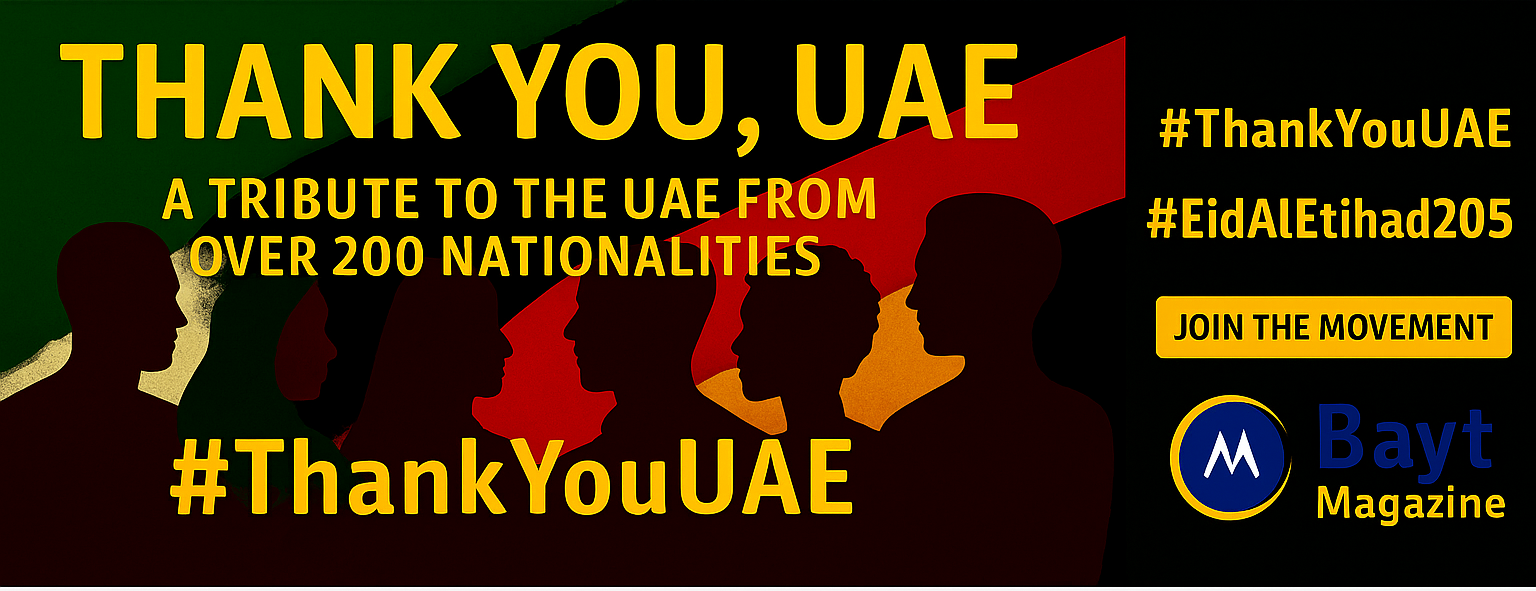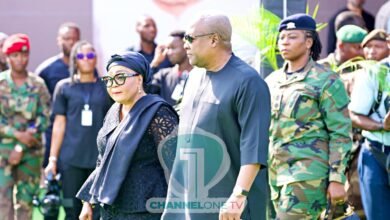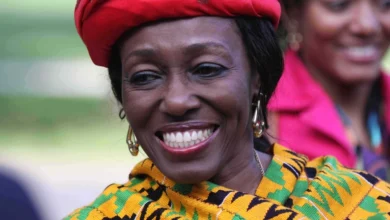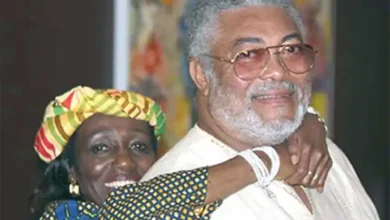
NYPD Seeks Suspect in UnitedHealthcare CEO’s New York City Murder
The healthcare industry is reeling after a targeted shooting in New York City claimed a UnitedHealthcare CEO’s life in broad daylight. Police have launched one of the city’s largest manhunts to find the gunman who fled right after the attack. The shooting happened in what residents consider a safe neighborhood, and law enforcement has deployed extensive resources to locate the suspect.
Corporate America stands shocked, especially when you have healthcare executives wondering about their safety. Investigators are working hard to determine if someone specifically targeted the executive or if this was a random act of violence. Detectives got vital leads from security cameras and witness accounts while they look into possible connections between the suspect and healthcare sector. Major healthcare companies across the country have started reviewing their security protocols immediately.
Timeline of the Fatal Attack
A deadly attack took place in one of Manhattan’s busiest areas, just blocks away from Times Square and Central Park. Security cameras revealed significant details of what investigators call a meticulously planned assault.
Surveillance Footage Analysis
The attacker wore a black face mask and cream jacket while positioning himself outside the New York Hilton Midtown at 6:40 AM. Security footage revealed his calculated preparation. He stopped at a nearby Starbucks to buy water and energy bars. Brian Thompson approached the hotel entrance at 6:44 AM when the gunman emerged from behind a parked car and opened fire with a silenced weapon.
Witness Accounts and Original Response
A witness who sat in his vehicle during the attack heard the first gunshot. He saw the armed suspect fire multiple times before fleeing. Officers arrived at the scene by 6:48 AM after receiving the first 911 call at 6:46 AM. Emergency responders found Thompson with gunshot wounds to his back and right calf. They started life-saving measures immediately and rushed him to Roosevelt Hospital.
Suspect’s Escape Route
The gunman executed his escape methodically:
- He fled through Ziegfeld Alleyway between 54th and 55th streets
- He transitioned to an electric CitiBike on 6th Avenue
- He entered Central Park via Center Drive at 6:48 AM
- His last confirmed sighting was on the park’s west side
Investigators found significant evidence at the scene that included three 9mm shell casings, three live rounds, and a cellphone in the alleyway. The NYPD now works with Lyft, CitiBike’s owner, to track the suspect’s route through the bike’s GPS system.
Manhunt Details and Investigation
Police have started a major investigation into what they describe as a “brazen, targeted attack.” Evidence points to careful planning by the attacker. The NYPD’s Crime Scene Unit created a special team to analyze forensic evidence from the scene.
Suspect Description and Methods
The suspect is a white male who showed expert-level gun handling skills. This became clear when he quickly fixed a weapon malfunction during the attack. He wore a tan-colored jacket, black face mask, and black-and-white sneakers. Most notably, his use of a silencer suggests advanced planning that has investigators worried about the attack’s premeditated nature.
Digital Evidence Trail
Investigators found several key pieces of evidence:
- A cellphone with “investigative value” along the escape route
- Forensic samples from the Starbucks location
- Multiple surveillance camera feeds that show where the suspect went
- GPS data from the escape vehicle
Law Enforcement Response
NYPD teams with drones, helicopters, and K-9 units are searching throughout Manhattan. A USD 10,000 reward exists for tips leading to arrest and conviction. The team works with Minnesota law enforcement to review Thompson’s messages and any threats he received. Their work now includes:
- Looking through UnitedHealthcare’s internal records
- Checking recently fired employees
- Studying Thompson’s social media posts
- Looking into past threats against healthcare executives
Crime Stoppers opened a special hotline. Meanwhile, forensic teams keep processing evidence from spots along the suspect’s escape path.
Impact on Healthcare Industry
A tragic event has shaken the healthcare industry where Thompson was a key figure during his 20-year tenure at UnitedHealth Group. His role as leader of the company’s insurance division meant overseeing one of America’s largest healthcare operations that served more than 49 million Americans.
UnitedHealthcare Leadership Changes
UnitedHealthcare quickly responded by canceling its annual investor conference and removing executive photos from its website. The division flourished under Thompson’s guidance and generated $281 billion in revenue last year. His vision focused on transforming healthcare delivery toward “value-based care” that emphasized prevention over traditional treatment approaches.
Industry Security Concerns
This event has triggered unprecedented security discussions in the healthcare sector, especially with UnitedHealth lacking executive protection protocols. The company’s importance shows in these key metrics:
- Coverage of more than 49 million Americans
- Largest provider of Medicare Advantage plans
- Operations spanning individual insurance and Medicaid programs
- Management of thousands of employer health-insurance programs
Market Response
Healthcare industry leaders expressed both shock and solidarity. Dana Erickson, Blue Cross Blue Shield of Minnesota’s President and CEO, remembered Thompson as “a genuine and giving person who brought out the best in his teams.” Major healthcare organizations immediately began reviewing their security measures while executive protection firms reported a surge in questions. UnitedHealth now faces additional challenges from recent scrutiny over its Change Healthcare unit’s data breach and ongoing investigations into coverage denial practices.
Security Measures and Prevention
A targeted attack has prompted security experts to call for a complete overhaul of executive protection protocols in healthcare organizations. The International Association for Healthcare Security and Safety (IAHSS) points out that healthcare executives now face multiple threats from political, financial, and organizational risks.
Executive Protection Protocols
Thompson’s presence without security detail has sparked urgent discussions about executive protection. Recent data shows concerning trends in workplace violence:
- 524 workplace homicides occurred in 2022, marking an 8.9% increase
- 58% of executives received physical threats after taking positions on political issues
- 56% reported threats related to COVID-19 policy decisions
Corporate Security Reviews
Security experts now recommend multi-layered protection strategies that combine physical and electronic measures. Key elements include controlled access to executive suites, surveillance systems, and emergency response protocols. IAHSS has released new guidelines for healthcare executive protection that emphasize:
- Complete threat assessments
- Integration of physical security with electronic systems
- Regular security audits and updates
- Improved access control measures
- Emergency response planning
Future Safety Recommendations
Industry experts advocate for improved protection measures and medical components in security protocols. Key recommendations highlight the need for secure executive spaces with ballistic-resistant materials, duress button systems, and safe rooms. Organizations should build strong relationships with local law enforcement while security leadership maintains active membership in professional associations.
Healthcare organizations must treat executive protection as a critical part of risk management rather than an optional security measure. Security professionals stress the value of regular training and threat assessment updates. They also emphasize developing complete emergency response plans that address both physical and cyber threats effectively.
This tragic event has become a turning point for corporate security protocols in the healthcare sector. Police continue their search while evidence reveals a well-planned attack that showed major weaknesses in executive protection. UnitedHealthcare now faces two challenges: keeping their operations stable and dealing with growing security issues across their network that serves 49 million Americans.
Security experts believe this will permanently affect how healthcare organizations protect their executives. Companies across the country have begun to improve their protection measures. They now include detailed threat assessments and better surveillance systems. The industry now sees executive security as vital for managing organizational risks, not just an optional measure.
Healthcare companies have shown they can adapt and bounce back. They have upgraded their security systems faster while staying focused on patient care. Thompson’s work to change healthcare delivery through value-based care still shapes the industry’s direction. His tragic death now drives significant changes in how companies handle security.







[…] NYPD Seeks Suspect in UnitedHealthcare CEO’s New York City Murder […]